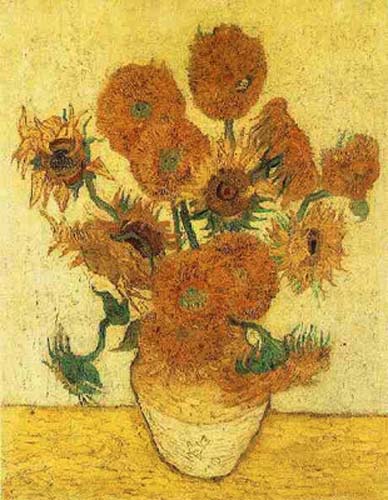
| Sample Essay |
|
|
|
|
|
|
|
|
|
|
|
|
|
|
|
|
|
Jill
Many people find it difficult to distinguish reality from fantasy. They are daydreamers who most often find themselves alone and lost in the world. Paul, of Willa Cather’s “Paul’s Case” and the protagonist of “Araby” by James Joyce are two examples of these types of people. They both attempt to grasp for what they truly want, only to find that what they desire is out of reach. They come up short of what they want and instantly become self-aware of the mistakes they have made. Both stories use similar techniques to achieve this effect. The imagery of both “Paul’s Case” and “Araby” is particularly vivid. The audience gets a taste of what the main characters are feeling through a stirring of the senses and emotions. Light is a common feature in both stories. Paul finds himself outside of a hotel staring up at its glory and, “[seems] to feel himself go after [a woman] up the steps, into the warm, lighted building, into an exotic, a tropical world of shiny, glistening surfaces and basking ease” (249). The light gives Paul a feeling of wonder and excitement. While Paul is in New York the “lights [stream] from the hotels” (258). It is as if Paul’s dreams of enjoying a rich life are right in a spotlight. In “Araby,” the main character desires the love of his friend Mangan’s sister. He mentions that “the light from the lamp opposite [his] door caught the white curve of her neck, lit up her hair that rested there and, falling, lit up her hand” (26). Once again, what the main character desires is spotlighted but out of reach. A second form of imagery found in both stories is the weather. In “Paul’s Case,” Paul is waiting in the rain looking up at the hotel when “a quick gust of wind [brings] the rain down with sudden vehemence” (249). It is as if the elements are telling him that his dreams are out of reach in a harsh manner. In “Araby” the protagonist is in his house thinking of his love when he hears “the rain impinge upon the earth, the fine incessant needles of water playing in the sodden beds” (25). It feels as if the sound of the rain is interrupting his thoughts and telling him to stop dreaming. The characters of both stories display similar characteristics, traits, and personalities. Both are daydreamers. When Paul sinks into one of the seats at his beloved Carnegie Hall, he “[loses] himself” (248). The protagonist of “Araby” also claims he wastes his waking and sleeping thoughts on innumerable follies (26). It is this daydreaming that keeps both boys from grasping reality. Both boys also are alone in the world because they don’t have a true connection with another human being. Paul’s father is not a large part of his life, and Paul is ashamed of him. The main character of “Araby” lives with his aunt and uncle and is ignored by them. This causes both boys to feel a sense of isolation and loneliness, so they must escape to their dreams. Both boys attend school and have trouble paying attention in class. Paul “[finds] the schoolroom…repulsive” (254). He considers the school and the teachers to be a joke (254). “Araby’s” main character “[answers] few questions in class” (26). He also says that he cannot call his wandering thoughts together (26). Neither boy has stable learning habits in classroom and so both are isolated from their teachers and peers. This only causes them to be separated from responsibility and in turn, reality. The language and diction in both stories are full of color. Both are brought alive in detail and description with memorable, dreamy images, details, and colors. These descriptive images, including metaphors and similes, engage the audience and allow them to get lost as they read, similar to the characters themselves. The language and diction match the minds of the main characters. Through the elements of diction, imagery, and character, Cather and Joyce create works that parallel the fantasy world of the characters. These elements also foster the end results of the self-awareness and attaining of reality in both characters. Thanks, Jill, for sharing your work with AP teachers. |